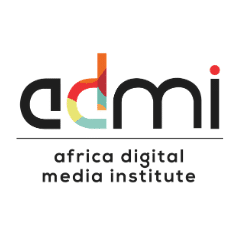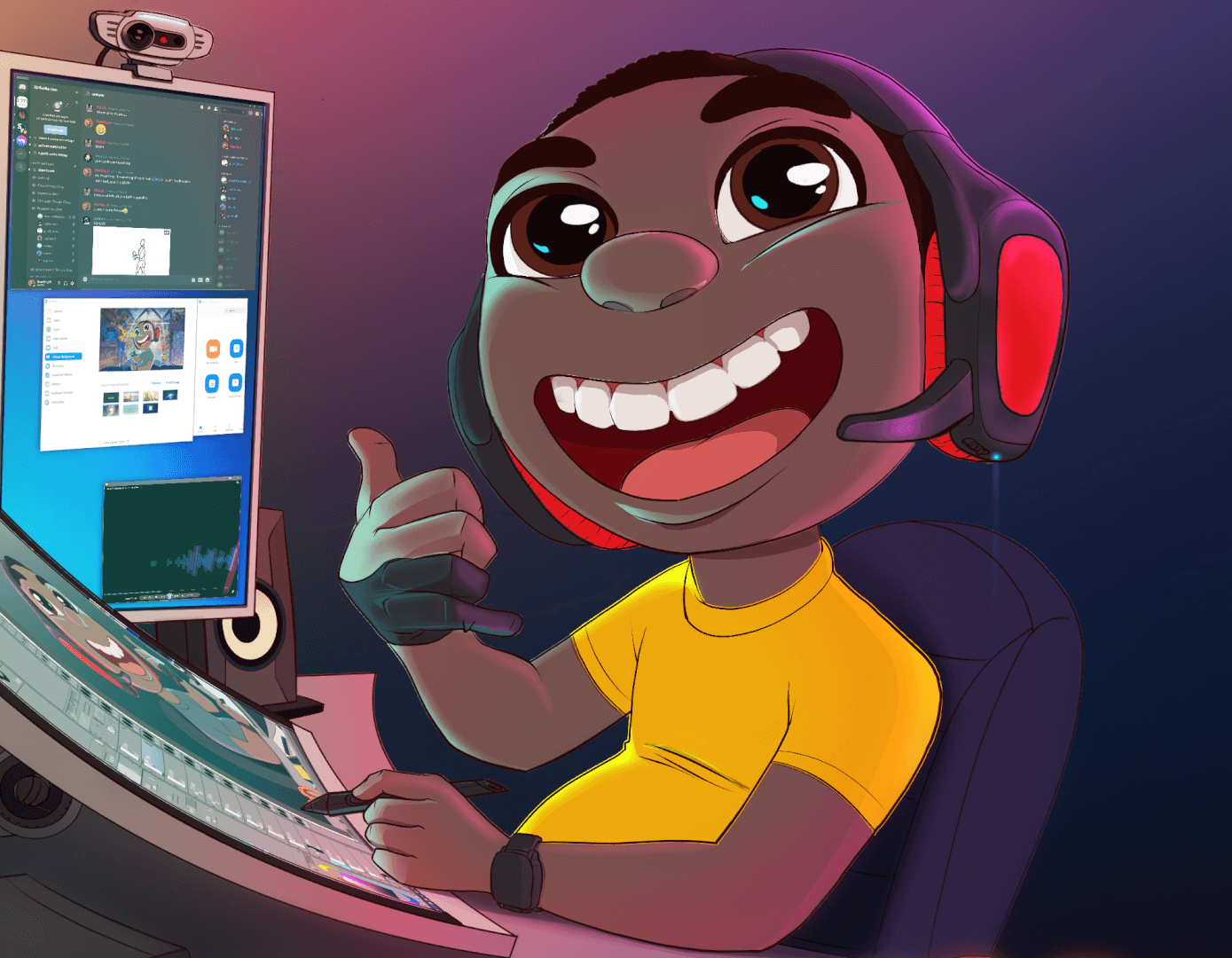The Video Game Industry in Kenya
“The gaming industry is bigger than the film and music industry combined. The most entertaining product, Grand Theft Auto 5 (GTA5) sold over a $1,000,000,000 in the first 24 hours. The demand and market for games is huge.” – Rob Homewood.

With smartphones on the rise, laptops being a common fixture in homes and the concrete jungle overtaking playgrounds, it’s only right that gaming development in Kenya should be a robust industry. Around the world, game development is predicted to have revenues of over 8.9 billion in 2017 while in Kenya it is estimated that the revenues will be over million.
One of the ways through which ADMI is augmenting classroom teaching is by working with partners such as AfriDesignX, NAICCON, and the British Council to hold workshops in gaming development.
AfriDesignX, NAICCON and the British Council, held a one-day advanced skills workshop using The Unity 3D Game Engine for games development at ADMI. The one day workshop was held at ADMI’s Graphics Lab, a state of the art lab equipped with the sleek MacBooks. Every developer’s and designer’s dream come true.
The workshop was run by Rob Homewood, a Ph.D. student at the Intelligent Games and Games Intelligence (IGGI) program at Goldsmith University in London. Rob Homewood, is a lover of games and enjoys designing and helping other people make games.
Rob took the designers through the Unity engine, a cross-platform game engine that is used to develop video games and simulations for computers, consoles, and mobile devices. He focused on the tools, the basics and getting the attendees to not fear to work with the software.
He emphasized that the bad attitude needed towards games needs to be dropped and instead focus on the benefits of being in the industry. “The gaming industry is bigger than the film and music industry combined. The most entertaining product, Grand Theft Auto 5 (GTA5) sold over a $1,000,000,000 in the first 24 hours. The demand and market for games is huge,” he shared.
On ADMI’s mobile application and game development diploma, he had this to say, “I am extremely impressed, ADMI is headed in the right direction, they are thinking of the structure. I have been to a few universities and what they are teaching in gaming development is not preparing the students to come out ready for a job. ADMI is putting together a really solid syllabus. Programs like these have an interesting potential to form a Nexus where people with interests can meet, connect, talk, experiment and collaborate. A community will grow out of this. I am really excited to see how it all goes.”
I then sought to speak to the some of the attendees and the rest of the partners to hear how the event turned out for them.
Beatrice Gitau, a motion designer, and trainer had the following to say, “I have always seen Unity being discussed on creative forums but I’d never tried it until today. I saw the event details online and I decided to attend. I really liked the experience and I learned a lot. I am looking forward to using it some more after this.”
Bill Munene, an aspiring game designer and current IT student at Kenyatta University, “I learned a lot from Rob that will be of use not only in my design classes but also in my programming classes. I am looking forward to being a better designer.”
Naddya Adhiambo Oluoch Odunya, animator and illustrator has never really gotten the hang of 3D, unlike 2D which comes very easy to her. “I like that Rob began with absolute basics and taught at a good pace. I also like that I got to see the work that is going on within the community. I got the sense that I am not alone, there are other people who are doing it and strong work is being produced.”
On the question of female numbers in the industry, ” There are women are out here doing amazing work. But no one wants to talk to them, most of the conversations around arts always have manels (male panels). We need to celebrate the work that is happening, because it’s happening. And the work is of good quality. What I need to do is produce the work and keep on sharing it. After all, they say, we should focus on being so good that they can’t ignore you.”
Baraza co-founder of NAICCON, which promotes East African content to a wider global audience.
“After last year’s NAICCON, AfriDesignX reached out to us and we thought it would be of use to the community to hold this event. The potential is massive and people need to collaborate but this rarely happens since most creatives don’t put their work out for people to see and critique.”
“We need for our creatives to grow their skill, but we need to have content first before we can market it. We are growing the industry and workshops like these provide a point of contact with the creatives. Since we aim to showcase new content at every NAICCON event. As such, I try to have a Kenyan game on my phone every time.”
Cher Potter, design researcher and curator at Victoria and Albert Museum and a lecturer at University of the Arts London began the AfriDesignX project in 2015, a research project to find out what’s deemed as contemporary art across certain cities in Africa.
AfriDesignX holds events in various cities based on what is doing really well in digital design in that country. For instance in Accra, they looked at robotics, education, experimentation. In Kenya, gaming development is what stood out. The project aims to determine how they can make museums interesting for the visitors. Make it contemporary, without losing the historical aspect.
“In Kenya, the gaming industry is developing in an interesting way. The workshop was an extension of a conference that we held around gaming development industry. It was interesting to see the workshop attendees take museum projects and animate them. The aim of the project is to see how museum pieces can be interpreted and become a part of a digital designer’s works and become an inspiration for young designers.”
The event ended with students presenting the projects that they had been working on throughout the day. They were given a museum piece, in this case, wooden key and rat trap and had to incorporate it into their games. Some of the games included, passing a football through the wooden key, a trap that traps the rat trap and an endless tunnel created using the hole on the wooden key.
If you’re interested in the mobile application and game development diploma please click on the image below to learn more.
Follow us on social media to stay up to date with the latest events happening at ADMI.


